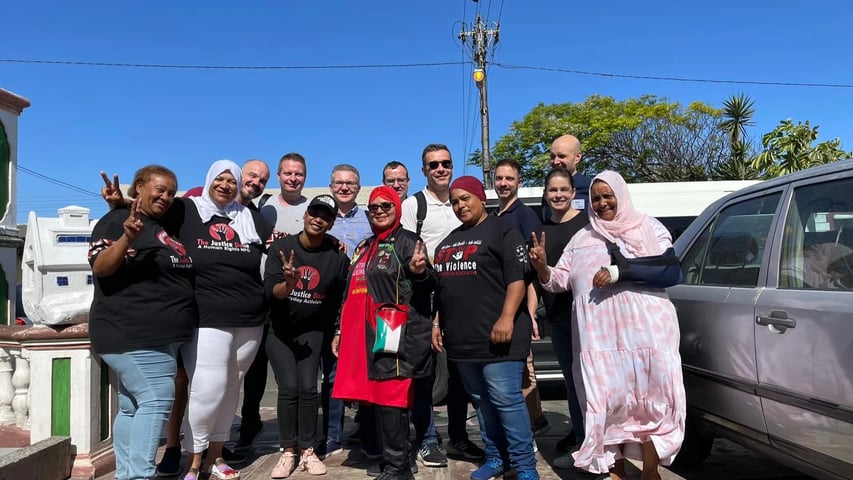In the Henley Executive MBA (EMBA) curriculum, there is one topic and one workshop that I’ve been waiting for with a particular interest, and that is Managing Financial Resources. As a psychologist, I have not been trained in the art of calculating and interpreting financial figures, and this has been a real handicap during all my years in business. I have worked in two stock-listed companies in middle management and during those days I became painfully aware of my lack of skills in corporate finance. I have reviewed and put forward countless excel sheets I did not completely understand. Finally, it was time to brush up my skills in a four-day finance workshop in snowy Helsinki.
The first day of the workshop dealt with the three most important financial documents of a company: profit and loss statement, balance sheet and cash flow statement. Although we are not expected to calculate and form these statements as part of the studies, we did practice putting them together, which was really helpful in learning to interpret them. A key learning for me was that each of the statements is useful for different purposes. In my current growth business I’ve been mainly focusing on the cash flow and making sure that it’s positive.
The second day was all about financial ratios and managerial economics. We learned to calculate and interpret key ratios like margins and earnings. In managerial economics, there was a specific focus on different costs such as opportunity costs and sunk costs, which can be helpful when making different kinds of short-term business decisions. For me, a key insight of this day was the differentiation between fixed and variable costs, and how these should be considered – and potentially modified – when putting together a viable business model.
On the third workshop day, we focused on contribution analysis, cost of capital and long-term decision making. What I particularly liked was the focus on different investment making strategies, because planning and making investment decisions is something where I would benefit from a more robust set of analytical tools. The module also covers company valuation models, which I’m thankful for, because I’m particularly interested in the mergers and acquisitions part of corporate finance.
The fourth day of the workshop was reserved for a business simulation where four teams competed against each other in a simulated pharmaceuticals market situation. The three aspects of the game were sales, production and finance, and my team managed to put together a solid strategy on all three areas leading to sweet victory with a tight margin. I really liked the simulation because it provided a good opportunity to apply the theoretical knowledge gained during the previous days to a gamified, competitive and realistic context. What was particularly useful in this simulation was that it reminded of the importance of delivering value to shareholders in a sustainable and ambitious manner.
In conclusion, I was really happy with the Managing Financial Resources workshop. The module continues with preparing for the exam and writing the assignment. I now feel a bit more confident in my abilities to interpret financial figures and I have more motivation to actively make business plans and decisions based on financial calculations. This is exactly what I imagined EMBA studies to be in the first place. I'm now a psychologist who knows a bit about finance, too.
You can follow my EMBA journey through weekly updates with the hashtag #JuhoGoesEMBA on LinkedIn.
If you would like to learn more about the Henley EMBA:







